BHP says iron-ore demand is “solid” and keeps full-year guidance intact even as China growth slows and headlines swirl about a purchase pause by China’s state buyer. Under the hood, copper output and pricing improved, while coal sagged, tilting BHP’s earnings mix toward energy-transition metals.
BHP’s Pilbara iron-ore output slipped 1% year on year to 64Mt in the September quarter due to Port Hedland repairs, but management reaffirmed FY guidance of 258-269Mt. Quarterly iron-ore sales were broadly flat, with an average realised price of US$84.04/t, while the 62% benchmark sits around US$103.80/t. CEO Mike Henry flagged “some deceleration” in 2H25 China growth but still expects ~5% GDP for 2025, adding that “overall macroeconomic signals for commodity demand remain resilient.” Copper was the bright spot: production rose 4% y/y to 494kt, supported by Escondida, and the average copper price rose 8% to US$4.59/lb. Coal lagged, with prices down 16-23% y/y. Morgans’ Adrian Prendergast called September a “maintenance-heavy” quarter, making mixed prints unsurprising.
Why it matters
Iron ore still drives nearly 60% of BHP’s underlying earnings, so any shift in China’s buying behaviour matters. Reports suggest China Mineral Resources Group (CMRG) has told mills not to buy BHP ore amid contract talks, BHP has neither confirmed nor denied. Marine tracking shows shipments to China continue, and any disruption may only show up from November when sales for January delivery flow through. If a price stand-off lingers, product mix, logistics flexibility and substitute grades become earnings swing factors. Meanwhile, copper’s stronger quarter and firmer pricing underline BHP’s pivot towards metals leveraged to electrification. Management noted competitor disruptions have “tightened fundamentals,” which supports the medium-term case even as iron-ore headlines dominate.

How Investors and Markets Might React
Near term, the status quo bias holds: guidance intact, sales steady, and benchmark ore relatively stable near US$100/t temper the immediate downside narrative. The equity markets +2.5% move on the day to A$44.22 suggests investors are treating China noise as negotiation theatre rather than a structural break. If contract friction escalates, sentiment could swing quickly given iron ore’s earnings weight; conversely, any sign of resumed normal buying or price-setting clarity could remove a key overhang. On the positive side, the copper beat offers a portfolio hedge inside the same ticker.
Australian Market Implications
Iron ore remains a budget pillar and a trading anchor for the AUD; resilient volumes and stable pricing cushion Australia’s external accounts. A drawn-out China standoff would raise policy and diplomacy stakes, but Canberra voices are framing it as routine business: Resources Minister Madeleine King called the impasse not “particularly unusual,” while BHP Australia head Geraldine Slattery called it “a normal part of business.” If tensions persist, blending, grade substitution and alternative buyers become more important and could modestly raise system frictions even if tonnes ship.
The Strategic Angle
RBC’s Kaan Peker moots a “JV-light” BHP-Rio approach in Pilbara logistics, blending and decarbonisation to defend the Pilbara premium and benchmark price formation without a full merger. That would be a notable shift from past orthodoxy. Even limited coordination could dilute CMRG’s leverage, preserve margins, and smooth capex, though it would face commercial and regulatory scrutiny.
Outlook
Base case: guidance delivery and stable benchmark ore near US$100/t, with China growth slower but still supportive and contract talks settling without major volume dislocation. Watch for November sales windows, any wording on CMRG negotiations, and the copper run-rate into year-end. Downside risks centre on a deeper pricing rift that spills into shipments or discounts; upside rests on a clean contract reset and continued copper strength. In the background, coal remains a drag, reinforcing the logic of BHP’s pivot toward higher-return copper as the long-term earnings ballast.

